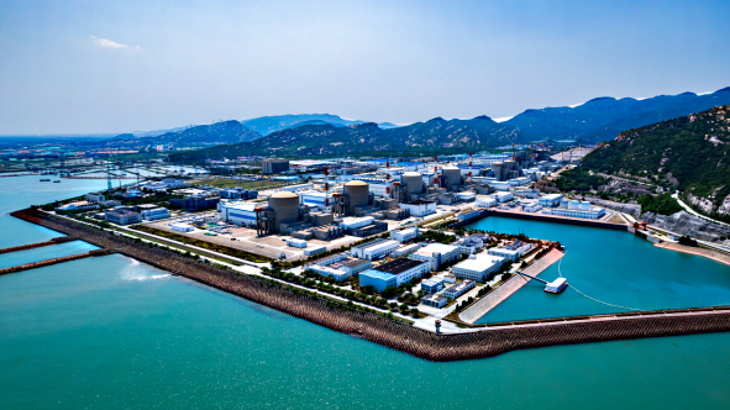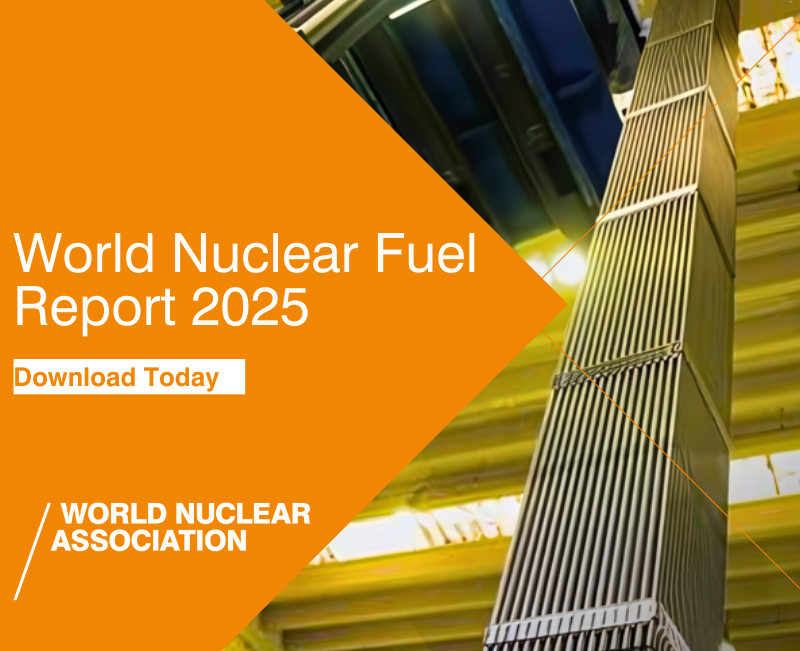Cold functional tests are carried out to confirm whether components and systems important to safety are properly installed and ready to operate in a cold condition. The main purpose of these tests is to verify the leak-tightness of the primary circuit and components - such as pressure vessels, pipelines and valves of both the nuclear and conventional islands - and to clean the main circulation pipes.
China National Nuclear Corporation (CNNC) said that completion of cold testing "marks the full transition of unit 7 of the Tianwan nuclear power plant from the installation stage to the commissioning stage, and also laid a solid foundation for the safe and orderly implementation of the comprehensive commissioning work of subsequent units".
Cold testing will now be followed by hot functional tests, which involve increasing the temperature of the reactor coolant system and carrying out comprehensive tests to ensure that coolant circuits and safety systems are operating as they should. Carried out before the loading of nuclear fuel, such testing simulates the thermal working conditions of the power plant and verifies that nuclear island and conventional equipment and systems meet design requirements.

The Tianwan site (Image: CNNC)
In June 2018, Russia and China signed four agreements, including for the construction of two VVER-1200 reactors as units 7 and 8 of the Tianwan plant. Construction of unit 7 began in May 2021, with that of unit 8 starting in February 2022. The units are scheduled to be put into commercial operation in 2026 and 2027, respectively.
The Tianwan nuclear power plant is owned and operated by Jiangsu Nuclear Power Company, a joint venture between CNNC (50%), China Power Investment Corporation (30%) and Jiangsu Guoxin Group (20%).
The first four units at the Tianwan site - which began commercial operation between June 2007 and December 2018 - are Gidropress VVER units supplied by Russia, as will be the seventh and eighth. Units 5 and 6 both feature Chinese ACPR1000 reactors.

_67811.jpg)



_82983.jpg)
_34792.jpg)
_16403_79272.jpg)
_44458.jpg)

_76087_55556.jpg)



